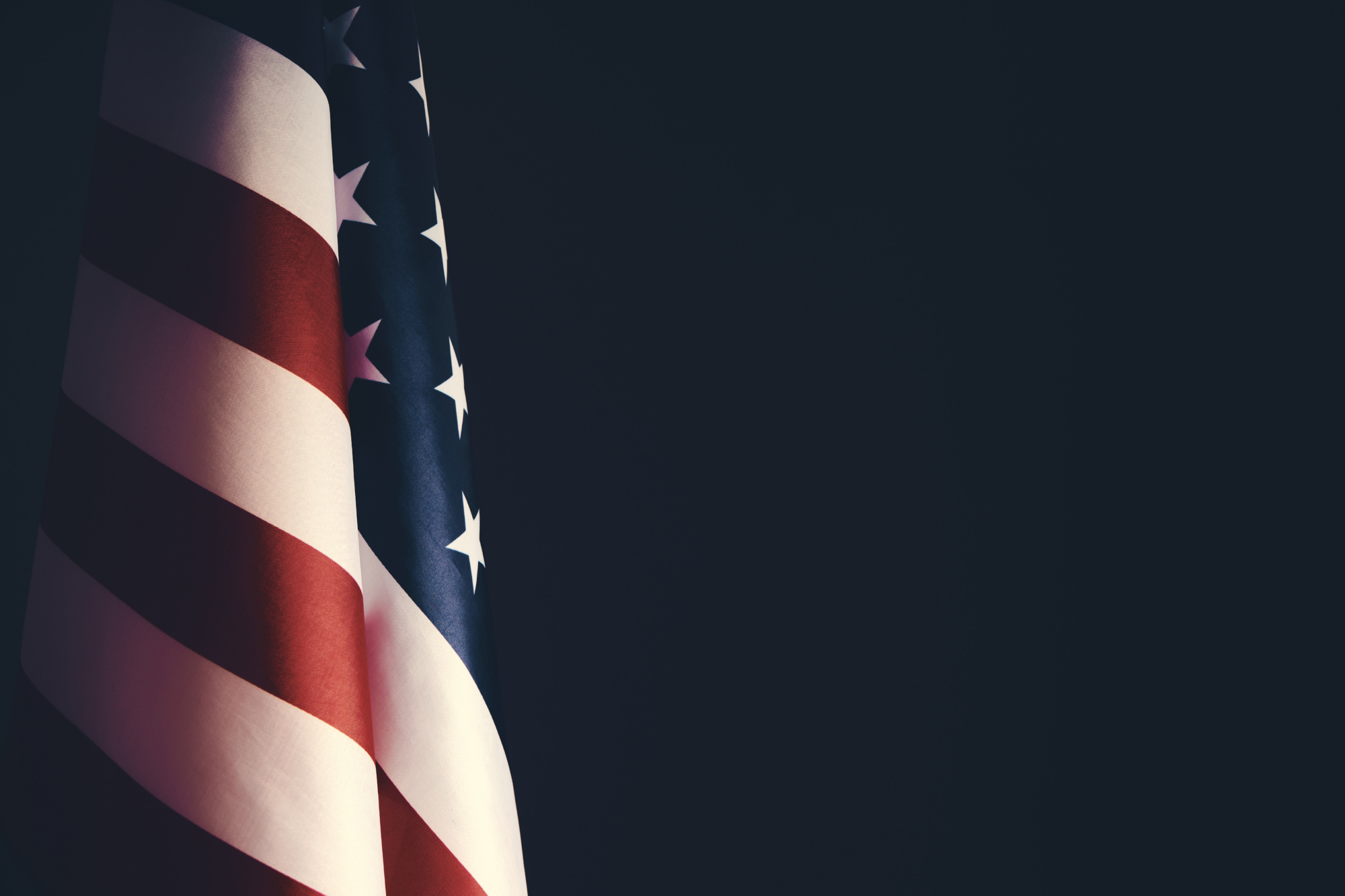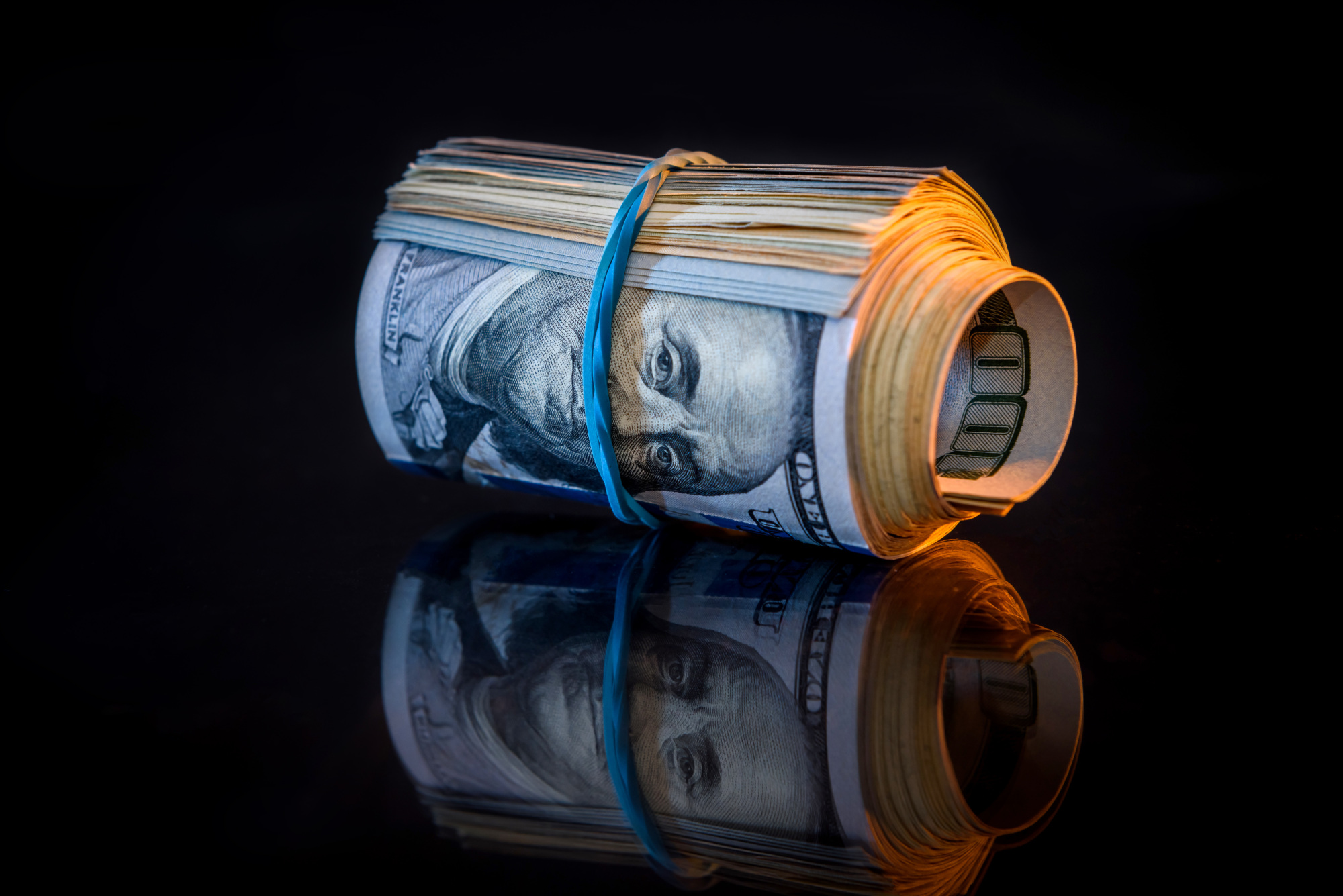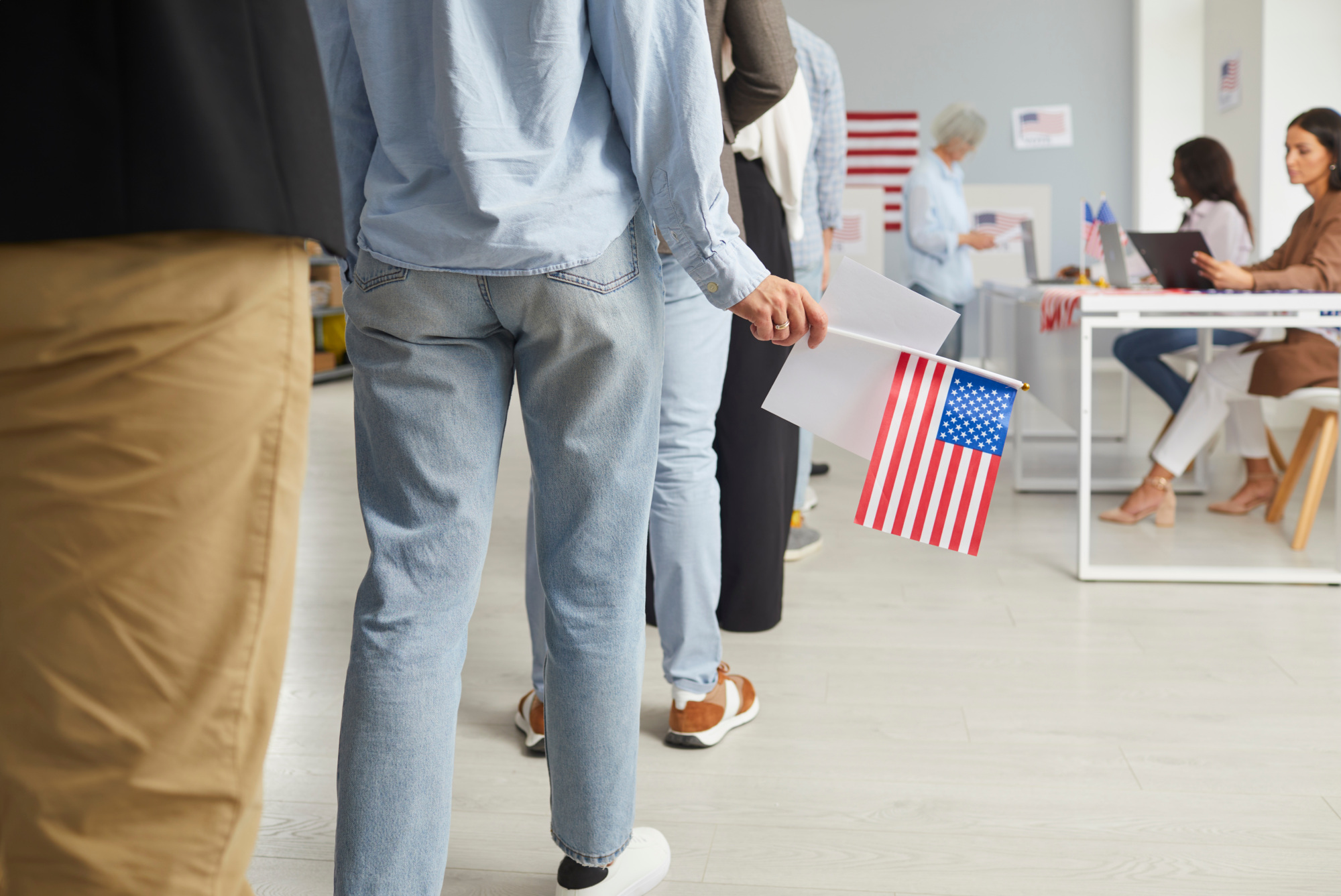More than half of all freshman House members have formed leadership PACs — political committees that are frequently criticized as slush funds — according to an Issue One review of federal campaign finance filings.
“It takes shockingly little time for politicians to adopt the ways of Washington,” said Issue One CEO Nick Penniman. “Leadership PACs are little-known outside the Beltway, but they have become de rigueur for members of Congress on both sides of the political aisle. This is troubling because leadership PACs are vacuums for special interest money looking to buy access to members of Congress, and politicians use the cash they raise to both curry influence with their colleagues and enjoy lavish meals and trips on someone else’s dime.”
Leadership PACs, which are political action committees that politicians operate on top of their official campaigns, were first created in the 1970s as a way for members of Congress to raise extra money to give away to fellow politicians and political allies. But today, leadership PACs are widely embraced by politicians in both parties, despite posing a two-pronged risk for corruption.
First, the money raised for leadership PACs — tens of millions of dollars each year — often comes from special interest groups with business before Congress.
Second, lawmakers turn around and, under the guise of fundraising, use leadership PACs to live lavish lifestyles, as Issue One and the Campaign Legal Center have detailed in multiple reports.
Instead of doling out political contributions, these funds pay for expensive meals steps from the Capitol, rounds of golf, tickets to coveted events, and stays at five-star resorts. In fact, according to the Center for Responsive Politics, a minority of leadership PAC spending — just 46% — went toward contributions to candidates and political groups between 2013 and 2018, i.e., the original intended purposes of leadership PACs.
Issue One has endorsed legislation that would expressly prohibit leadership PAC funds from being used by politicians for their personal use — a rule that is already in place for politicians’ campaign committees.
Beyond freshman lawmakers, campaign finance filings reveal that nearly every member of Congress in both parties operates a leadership PAC.
Issue One’s research shows that 86% of all sitting members of Congress have a leadership PAC — including 98 of 100 senators and 362 of 432 current House members (84%), including 53 freshman House members (56%).
This month alone, four freshman House members — Reps. Sharice Davids (D-KS), Susie Lee (D-NV), Elaine Luria (D-VA), and Greg Murphy (R-NC) — have formed leadership PACs.
As of today, just 70 House members — 55 Democrats and 15 Republicans — do not have leadership PACs.
And just two sitting senators — Sens. Maria Cantwell (D-WA) and Elizabeth Warren (D-MA) — do not have leadership PACs. (Until last year, Warren operated a leadership PAC, which raised about $3.9 million between December 2012 and November 2018, when she shut it down ahead of her presidential bid.)
Leadership PACs are required to submit regular campaign finance reports to the Federal Election Commission that provide details about the money they raise and spend, but most do this just twice a year in odd-numbered years. The next filing deadline for most leadership PACs will be January 31, which will detail their financial activities between July 1 and December 30.
Amisa Ratliff contributed to this report.





